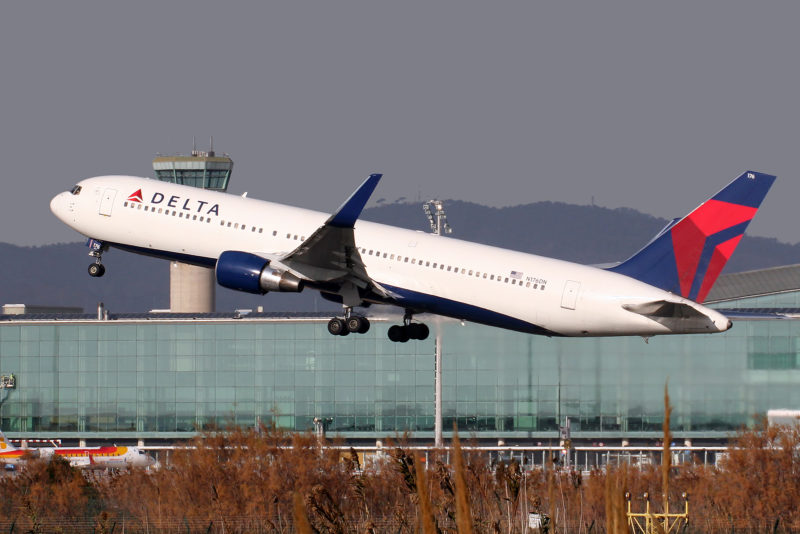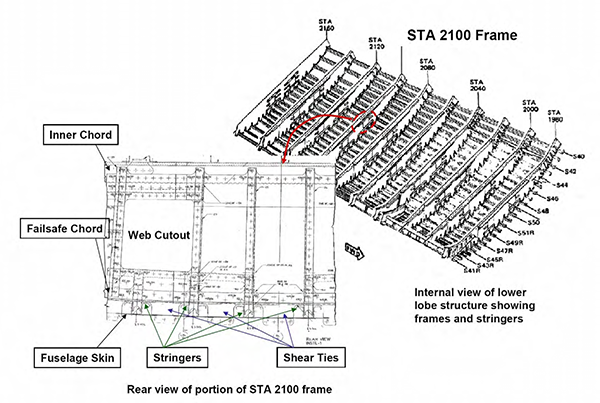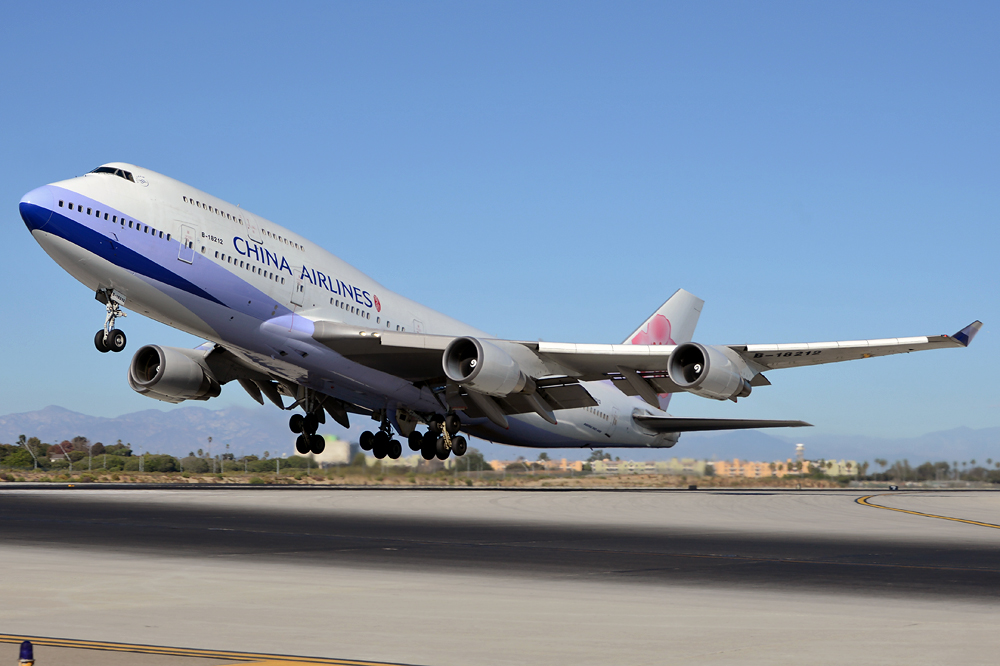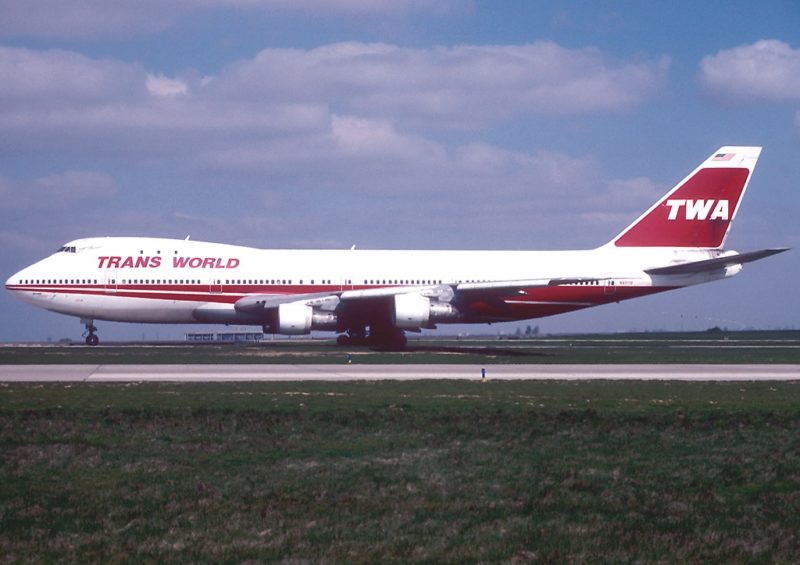The Federal Aviation Administration (FAA) yesterday issued two new Airworthiness Directives (AD) for Boeing 767 and 747 fuel tank systems, to prevent the risk of ignition.
Both ADs were prompted by the FAA’s analysis of system reviews, conducted by Boeing, for the 767/747 fuel systems.
The ADs concern is for the following planes:
- 747-400, 747-400D and 747-400F
- 767-200, -300, -300F and -400ER

Required Actions
The FAA requires modifications to the Fuel Quantity Indicating System (FQIS). These modifications are to prevent the development of an ignition source inside the centre fuel tank, which is due to electrical fault conditions.
“The FAA is issuing this AD to prevent ignition sources inside the centre fuel tank, which, in combination with flammable fuel vapours, could result in a fuel tank explosion and consequent loss of the airplane.”
Operators will have 72 months, after the effective date of this AD (10th November), to make the required modifications.
The directives affect 261 US-registered 767s (255 cargo airplanes, 4 private and 2 experimental airplanes) and 71 747s; different actions are required for cargo jets.
The fuel-tank explosion risk caught aviation attention after the in-flight breakup, and subsequent crash, of TWA flight 800 in 1996, the aircraft for that flight was a Boeing 747-100. After years of investigation, the National Transportation Safety Board (NTSB) determined that the explosion of the centre wing fuel tank (CWT) resulted from an ignition of the flammable fuel/air mixture in the tank.
FAA Also Requires Inspections to B757 Frame
Yesterday, the FAA also issued an AD concerning the following aircraft: Boeing 757-200, -200CB and -300 series.
“The FAA is issuing this AD to address cracking of the fuselage frame at STA 1640, which could result in reduced structural integrity of the airplane.”
This directive was prompted by a report of fatigue cracking found in the fuselage frame at the station (STA) 1640, which severed the inner chord and web.

This new AD supersedes an older one and requires the following:
- An expanded inspection area to be addressed
- Additional inspections to be carried out
- A modified inspection type
- Applicable repairs to be carried out on the fuselage frame





